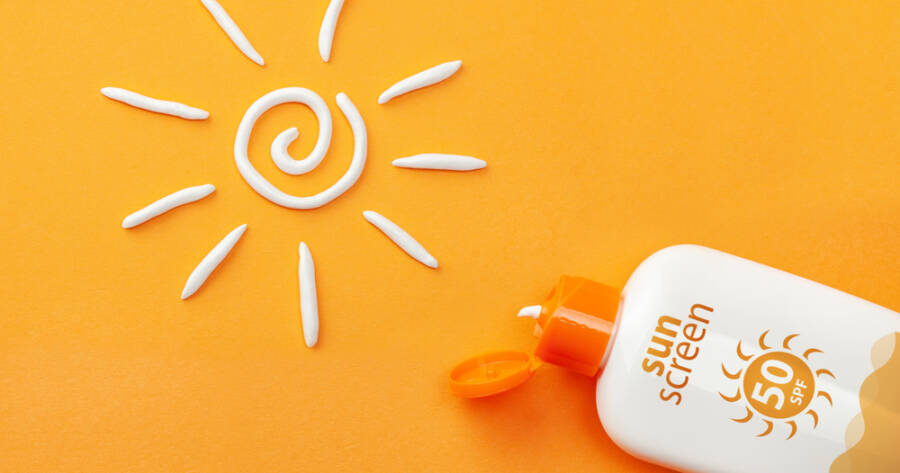Sun protection is one of the most important and often overlooked aspects of a good skincare routine. While a healthy glow might be tempting, unprotected sun exposure can cause long-term damage including premature aging, sunburns, and an increased risk of skin cancer. Fortunately, SPF, or Sun Protection Factor, measures how well a sunscreen protects your skin from harmful ultraviolet (UV) rays. Understand how to choose the right one for your skin type and lifestyle.
Why SPF Matters
The sun emits two main types of UV radiation that affect the skin:
- UVA rays: Penetrate deeply into the skin and are the main cause of premature aging and wrinkles.
- UVB rays: Primarily responsible for sunburn and play a significant role in developing skin cancer.
SPF helps shield the skin by either absorbing, reflecting, or scattering these rays. Consistent use of sunscreen significantly reduces the risk of sun-related skin damage.
Understanding SPF Numbers
The number on your sunscreen (SPF 15, SPF 30, SPF 50, etc.) refers to how much longer it takes for UVB rays to redden the skin compared to unprotected skin. Here’s the degree of coverage for each type:
- SPF 15 blocks about 93 percent of UVB rays
- SPF 30 blocks about 97 percent
- SPF 50 blocks about 98 percent
- SPF 100 blocks about 99 percent
While higher SPF does offer slightly more protection, no sunscreen blocks 100 percent of rays. SPF 30 or higher is recommended for daily use, especially if you’re spending extended time outdoors.
The Role of Broad-Spectrum and PA Ratings
While SPF measures protection against UVB rays, it doesn’t account for UVA rays, which penetrate deeper and cause long-term skin damage such as premature aging and pigmentation. That’s where the broad-spectrum label and PA rating come in. A broad-spectrum sunscreen guards against both UVA and UVB radiation, offering more comprehensive protection.
The PA system—commonly used in Asian sunscreens—rates UVA protection using plus signs (PA+, PA++, PA+++, PA++++), with more pluses indicating stronger defense. Choosing a sunscreen that’s both SPF 30 or higher and labeled broad-spectrum or PA+++ ensures full coverage against sun-induced damage.
Types of SPF: Physical vs. Chemical Sunscreen
There are two main types of sunscreens, categorized by how they protect the skin:
Physical (Mineral) Sunscreen
Active Ingredients: Zinc oxide or titanium dioxide
How it works: Sits on top of the skin and reflects UV rays
Pros:
- Works immediately after application
- Less likely to irritate sensitive skin
- Reef-safe and often more environmentally friendly
Cons:
- Can leave a white cast, especially on darker skin tones
- Thicker texture may feel heavier on the skin
Physical sunscreen is ideal for sensitive skin, children, and people with allergies to chemical filters.
Chemical Sunscreen
Active Ingredients: Avobenzone, oxybenzone, octinoxate, and others
How it works: Absorbs into the skin and converts UV rays into heat, which is then released
Pros:
- Lightweight and easier to apply
- Typically invisible on all skin tones
- Often water and sweat resistant
Cons:
- Requires 15 to 30 minutes to become effective
- May irritate sensitive or acne-prone skin
- Some ingredients are not reef-safe
Chemical sunscreens are a popular choice for everyday wear, makeup layering, and active lifestyles.
Choosing the Right SPF for You
When selecting a sunscreen, consider your skin type, daily routine, and level of sun exposure:
- For dry skin: Look for SPF with moisturizing ingredients like hyaluronic acid or glycerin
- For oily or acne-prone skin: Choose a non-comedogenic, oil-free formula
- For sensitive skin: Stick with fragrance-free mineral sunscreens
- For athletes or swimmers: Go for water-resistant options labeled for 80 minutes of protection
No matter your skin type, always choose a broad-spectrum sunscreen, which protects against both UVA and UVB rays.
Tips for Effective Sun Protection
- Apply sunscreen 30 minutes before sun exposure unless using a physical formula
- Use about a nickel-sized amount for your face and a shot-glass amount for your body
- Reapply every two hours, or more often if swimming or sweating
- Don’t forget often-missed areas like your ears, neck, hands, and the tops of your feet
Make SPF a Daily Habit
Incorporating SPF into your daily routine is one of the best things you can do for your skin’s long-term health and appearance. With so many types of SPF available from tinted moisturizers to ultra-light sprays, there’s no excuse not to protect your skin.
Rain or shine, summer or winter, your skin deserves defense. Choose the right SPF for your needs and wear it proudly. Your future self will thank you.
